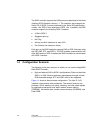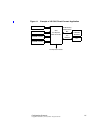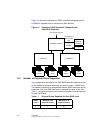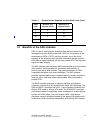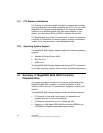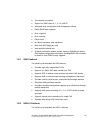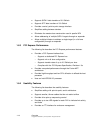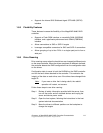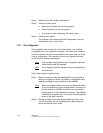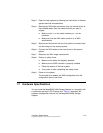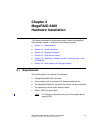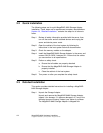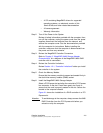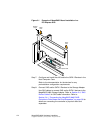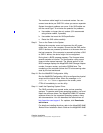
1-12 Overview
Copyright © 2006-2007 by LSI Corporation. All rights reserved.
Step 4. Determine the SAS target requirements.
Step 5. Perform a safety check.
a. Make sure the drives are inserted properly.
b. Close the cabinet of the host system.
c. Turn power on after completing the safety check.
Step 6. Power-on the system.
The controller then detects the RAID configuration from the
configuration data on the drives.
1.6.7 Drive Migration
Drive migration is the transfer of a set of hard drives in an existing
configuration from one controller to another. The drives must remain on
the same channel and must be reinstalled in the same order as in the
original configuration. The controller to which you migrate the drives
cannot have an existing configuration.
Note:
Only complete configurations can be migrated; individual
virtual disks cannot be migrated.
Note:
Drive roaming and drive migration cannot be supported at
the same time.
Follow these steps to migrate drives:
Step 1. Make sure that you clear the configuration on the system to
which you migrate the drives, to prevent a configuration data
mismatch between the hard drives and the NVRAM.
Note:
When you migrate drives, move only the disks that make
up the virtual disk (not all the physical disks in an array), so
you do not see an NVRAM mismatch error (providing a
configuration is on the destination controller). The NVRAM
mismatch error appears only if you move all of the physical
drives to the other controller.
Step 2. Review all safety information provided with the server; then,
turn off the server and all attached devices and unplug the
server and device power cords.



